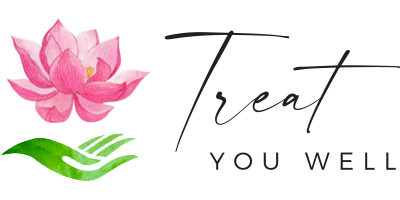Reiki Treatment
FAQ
Is Reiki the Right Treatment for Me?
Reiki is a gentle and non-invasive treatment. People most commonly seek Reiki treatments to help them: prepare for, or recover from surgery; manage stress and anxiety; cope with the loss of a loved one; or as an adjunct to professional medical care – such as cancer treatments. The supportive touch in Reiki treatments are also helpful for patients dealing with feelings of loneliness or other troubling situations.
You may want to consider Reiki treatments if you have not seen results from other treatments or solutions. Reiki may boost the effectiveness of other medical treatments by reducing stress, which is often a roadblock to healing.
However, Reiki is not a substitute for medical treatment. You should always consult a doctor first when dealing with serious conditions requiring professional or medical attention.
What Will the First Reiki Session Be Like?
Reiki sessions typically last 60 to 90 minutes. Please arrival 10 to 15 minutes prior to your appointment to fill out paperwork and prepare for the session.
Expect to spend the entire session lying fully clothed on a treatment table. You may be on your back for the full session, or the practitioner may have you roll onto your stomach at some point. Just make sure to tell the practitioner beforehand if you’re pregnant or cannot lay flat for some reason. They may have a recliner bed for you to use in those situations.
The goal of a Reiki session is relaxation. As such, there likely will not be much talking. It is important that you tell the practitioner if you need any adjustments at any point during the session. Your comfort comes first. If you are uncomfortable for any reason, please let your practitioner know. There are blankets and pillows stored near the treatment table in case a patient gets cold or needs a lift under their knees.
As the practitioner works, you may feel a warm, pulsing energy coming from his or her hands. These sensations should be very comforting and don’t mean anything other than acknowledging that the Reiki [energy] is really flowing.
You should feel deeply relaxed during the session. Some patients may fall asleep and others may enter a deep meditative state. Should that happen, your practitioner will gently awaken you once the session is over.
If possible, go home right away and relax after your Reiki session. If you can’t go straight home, try to avoid stressful errands or tasks.
What Should You Wear to a Reiki Session?
Wear comfortable clothes that you can relax in. If you’re coming from the office, feel free to bring a change of clothes. I recommend dressing in layers so you can add or remove clothing during the session, if needed.
Finally, make sure you remove belts and other bulky items; turn your cell phone off / silent mode before the session starts.
Is Reiki Covered by Insurance?
Many insurance companies do not cover the cost of Reiki treatments, although some do, according to the International Center for Reiki Training. You may receive coverage if Reiki is part of a treatment plan recommended by your doctor. Please check with your insurance provider to find out about the terms of coverage.
How Often Should I Get a Reiki Treatment?
“Sometimes one Reiki session is enough to resolve whatever the issue is, although sometimes it may take more sessions.
Keep in mind that Reiki is a spiritual practice, and you can receive it as often as you would like. Some clients may opt to come as often as biweekly sessions, or simply once a month for relaxation and stress relief, while others might treat themselves to one Reiki session for their birthday every year.
